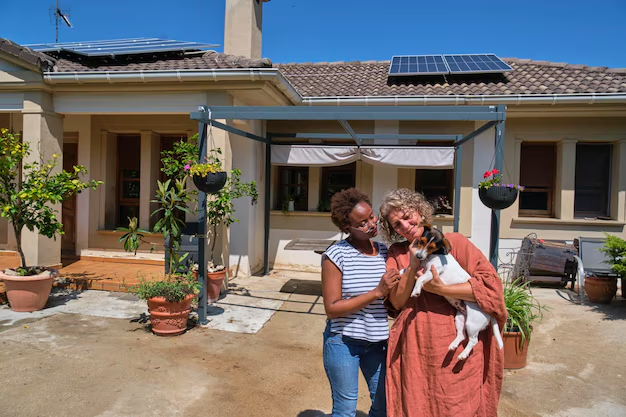Housing Help in Baltimore City: Understanding Section 8
Navigating the complexities of affordable housing can be daunting, especially in bustling urban centers like Baltimore City. For many, Section 8 Housing offers a lifeline, providing rent subsidies for low-income families and individuals. Understanding how this program works and the resources available can be pivotal in securing a stable home environment.
What is Section 8 Housing?
Section 8, formally known as the Housing Choice Voucher Program, is a federal initiative designed to assist low-income families, the elderly, and the disabled in affording safe and sanitary housing in the private market. Administered by the U.S. Department of Housing and Urban Development (HUD) and managed locally by public housing agencies (PHAs), this program is instrumental in helping millions nationally.
In Baltimore City, the Housing Authority of Baltimore City (HABC) handles the Section 8 program. Eligible participants receive a voucher that covers a portion of their rent, directly paid to the landlord. Here's a brief breakdown of the process:
- Application and Eligibility: Applicants must meet income criteria and pass a background check. The demand is high, and waitlists can be lengthy.
- Voucher Allocation: Once approved, recipients can select a housing unit that meets program guidelines and negotiate the lease.
- Financial Benefits: Rent payments are adjusted based on income, ensuring affordability.
Navigating the Section 8 Application Process
Applying for Section 8 involves various steps and understanding this can save time and reduce stress:
Prepare Documentation: Gather necessary documents, including proof of income, identification, and any relevant financial information.
Apply Promptly: Applications are typically submitted directly through HABC. It’s crucial to apply as soon as waitlists open, as slots fill quickly.
Stay Updated: Keep track of your application status and ensure all contact information is current.
Broader Financial Assistance Options
While Section 8 Housing is crucial, exploring other financial aid programs can provide additional support:
Government Aid Programs: Beyond housing, initiatives like SNAP (Supplemental Nutrition Assistance Program) and Medicaid offer essential support to eligible families.
Debt Relief Solutions: For those struggling with debt, counseling services and relief solutions can help manage or reduce financial burdens.
Credit Improvement Strategies: Building or repairing credit scores can open doors to better housing opportunities and financial products.
Educational Grants and Scholarships: For families with college-bound students, tapping into educational grants can reduce the financial strain of tuition costs.
These resources are not just about immediate relief but empowering individuals and families toward financial independence.
Moving Toward Financial Stability
While accessing Section 8 in Baltimore can significantly ease housing costs, it's only one piece of a broader financial puzzle. By tapping into various financial assistance programs and developing sound money management strategies, you can lay the groundwork for a more stable financial future.
As communities and resources evolve, remaining informed and proactive is the key to navigating these systems effectively. Remember, the path to financial success is multifaceted; each step you take toward understanding and utilizing available resources makes a significant difference.
Helpful Resources for Financial Assistance:
🏠 Section 8 Housing Choice Voucher Program
Administered by HUD, this program provides vital housing assistance.🍽️ SNAP Program
Assists families in affording nutritious food.🩺 Medicaid
Offers healthcare coverage for low-income individuals and families.💳 Debt Counseling Services
Provides guidance on managing and reducing debt burdens.📈 Credit Repair and Improvement Workshops
Helps build and repair credit for better financial opportunities.🎓 FAFSA and Scholarships
Apply for federal student aid and scholarships to make education affordable.
